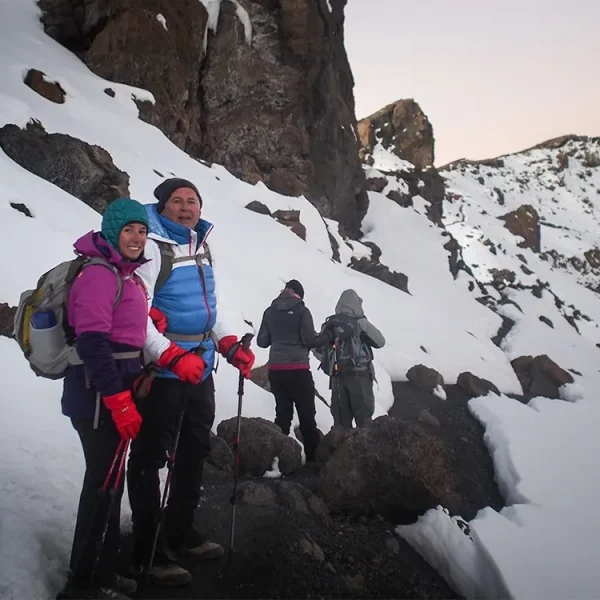Mount Kilimanjaro
Overview
Mount Kilimanjaro is the highest mountain in Africa and the highest free-standing mountain in the world, meaning it is not part of a mountain range. The highest peak of Kilimanjaro is Uhuru Peak, which stands at 5,895 meters (19,341 feet) above sea level. Despite its impressive height, Kilimanjaro is a non-technical climb, meaning it doesn’t require advanced mountaineering skills. Here are some key facts about Mount Kilimanjaro:
Location
Kilimanjaro is located in Tanzania, East Africa. It is near the border with Kenya, and the mountain is within Kilimanjaro National Park.
Formation
Kilimanjaro is a stratovolcano formed by successive lava flows. The mountain is made up of three cones: Kibo, Mawenzi, and Shira. Kibo is the highest and is dormant but not extinct.
Climbing Routes
There are several routes to climb Kilimanjaro, each with its own characteristics and challenges. The most popular routes include the Marangu Route, Machame Route, Lemosho Route, and the Northern Circuit.
Climate Zones
Climbers on Kilimanjaro pass through various ecological zones as they ascend, including rainforest, heath, moorland, alpine desert, and finally, the glacial zone near the summit.
Wildlife
Kilimanjaro is home to various species of wildlife, including elephants, buffaloes, and colobus monkeys in the lower elevations. However, the higher elevations are characterized by harsh conditions, and the flora and fauna become more limited.
Melting Glaciers
Like many other glaciers around the world, Kilimanjaro’s ice cap has been shrinking. The glaciers on the summit have significantly reduced in size over the years, and there are concerns about their long-term viability.




Trekking Route to Kilimanjaro
Quick Info




Quick Info




Quick Info












